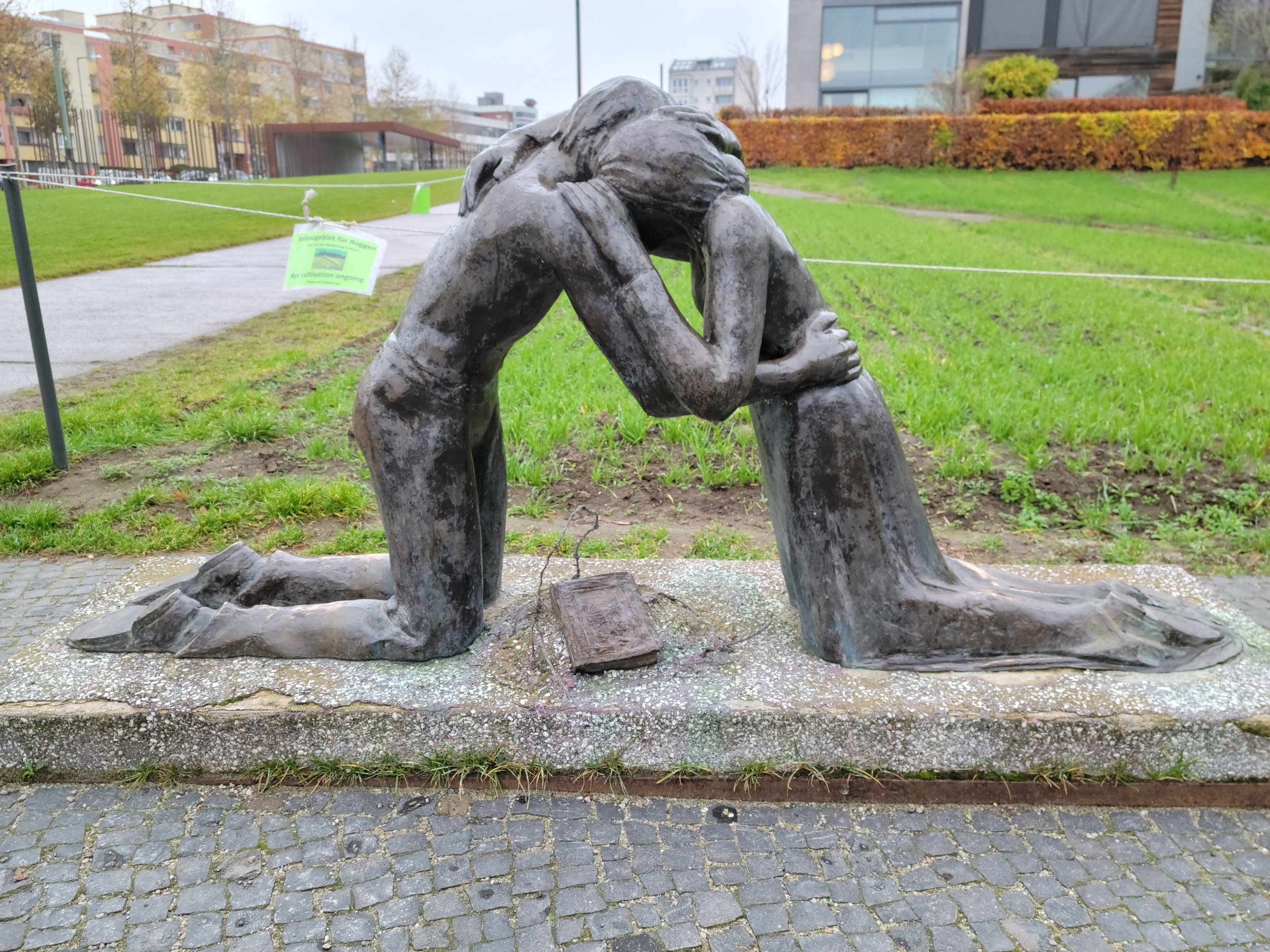
Cold War Berlin
The peace that many hoped would follow the end of WW2 in 1945 proved to be short-lived. Instead the world entered a new era of conflict between superpowers with Berlin – divided and occupied – yet again centre-stage.
A frontier city of spies, guard towers and conspiratorial intrigue, divided by borders both physical and mental, it was here, more so than in Moscow or Washington DC, that the two 20th century superpowers regularly engaged each other in ways that would reverberate throughout the globe. No city can claim to have been as significant during the Cold War period as Berlin. From the occupation and division of the city in 1945, through the Berlin Airlift to the construction of the Berlin Wall and the ‘peaceful revolution’ in 1989 that would lead to the reunification of Germany one year later.
As the milestones of the Cold War are still visible in traces scattered across Berlin, comprehending this period and the realities of divided Berlin offers the visitor a chance to better understand what reunified Germany means today.
Tour
Highlights
-
Trapped inside the “death strip” of the Berlin Wall for more than 28 years, the Brandenburg Gate is Berlin’s most famous monument – the symbol of the divided and now reunified city.
-
Formerly the Piccadilly Circus or Time Square of Berlin, Potsdamer Platz was reduced to ruin in WW2 and the rubble swept away, leave this once bustling intersection in the no-man’s land of the era – the meeting point for the occupation zones of the three major Cold War powers.
-
The former Cold War crossing point in Berlin used by military personnel and tourists, featured in countless movies about the period.
-
There are few original pieces of the Wall left standing in Berlin, but any professional guide will be aware of at least the three preserved sections remaining and likely many other smaller hidden pieces.
-
As the one defining landmark on Berlin’s skyline, the Television Tower (Fernsehturm) was constructed by the East German government in 1969 and is located next to the most famous square in the city, Alexanderplatz, and the station that bears its name.
-
This East German showcase street, originally named after Joseph Stalin which served as the diplomatic gateway to central East Berlin, and direct route from Alexanderplatz to the East German secret police headquarters in Lichtenberg.
-
Once a restricted area, the East German state security police headquarters in the district of Lichtenberg is now open to the public, with the former offices of Stasi chief Erich Mielke maintained as part of the Stasi Museum.
-
West Berlin’s main shopping boulevard, during the Cold War period know for its expensive hotels, cafes and boutique stores – considered the shop front window of Western capitalism.
-
Friedrichstrasse station would, second to Checkpoint Charlie, serve as a major Cold War crossing point into East Berlin and back into the West. The so-called ‘Palace of Tears’ (Tränenpalast) stands next to the historic train station as the former East German border passport control office for travellers heading into West Berlin.
AVAILABLE GUIDES:












